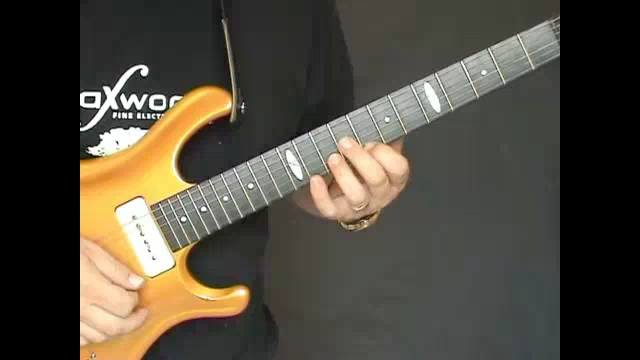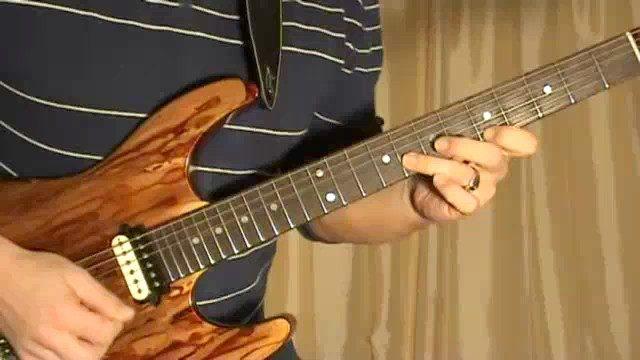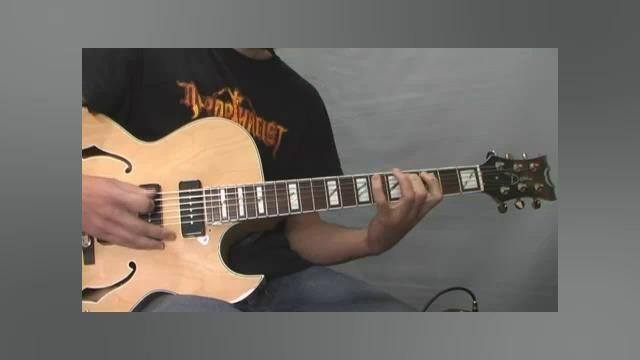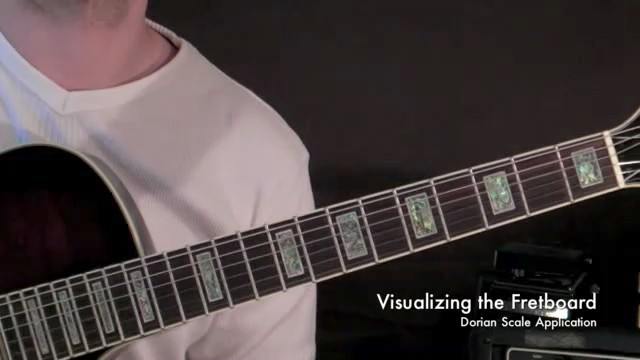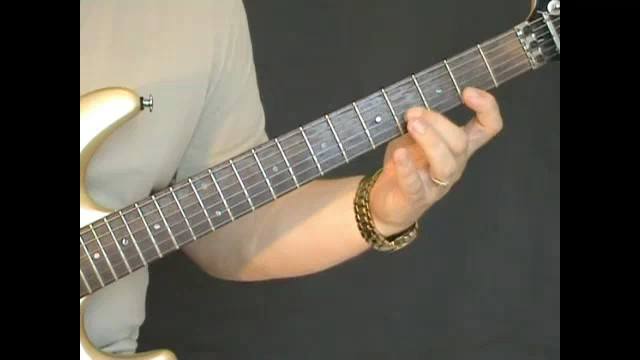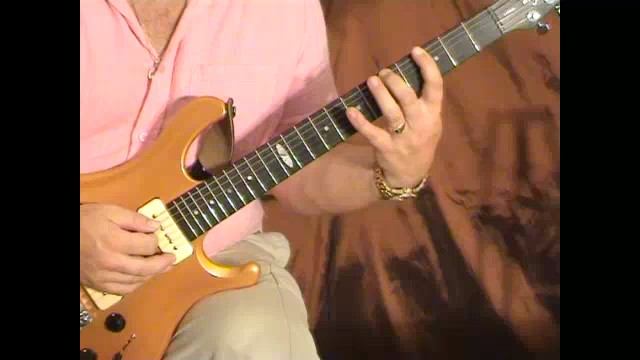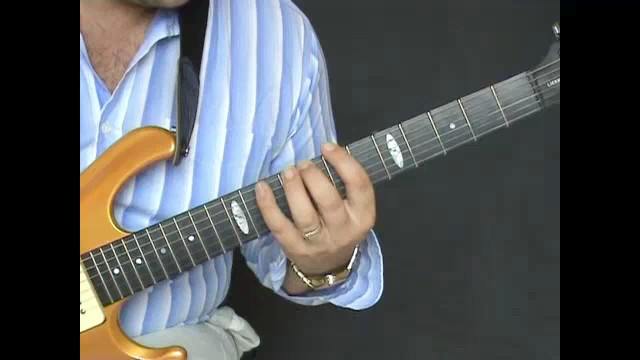Okay! So now we have our 7 chords for the key of C melodic minor. But how do we use them?
Well first it's important to understand the fundamental difference between major scale harmony and melodic minor scale harmony.
Major scale harmony is said to be functional. This basically means that when we play chord progressions using the chords from a major key we get the feeling of 'progression' or movement. In other words, tension and resolution. If we try to play similar chord progressions in a melodic minor key we lose this feeling of movement and all the chords start to sound like subtle variations of one another. We say that melodic minor is 'non-functional'.
Try playing all the chords from a C major scale in a row and see how it sounds and feels. Try the same thing with our melodic minor chords and you'll hear that the effect is not the same.
The bottom line here is that because of melodic minors 'non-functional' nature, you would very rarely write a chord progression solely in one melodic minor key or scale. You'd have no sense of movement or tension and release. Just lot's of tension actually!!
The way we use melodic minor is to enhance the feeling of movement and tension/release in an existing major scale progression by using chords from a melodic minor scale combined with chords from our major scale. We bring in the melodic minor scale chords to add new darker flavours to our existing progressions.
Let's look at an example.
It's very common to use a melodic minor scale built from the 4th degree (note) of a major scale. For example, lets use the key of C major again.
The 4th degree of C major is F. C, D, E then F being 4! If we use a melodic minor scale built from this degree we'll get F melodic minor. Now all the chords from F melodic minor become available to us as well as all the chords from C major. Nice!!
Try playing a C chord followed by an Fm∆7 chord (or even better an Fm6 chord - still from F melodic minor but a nicer sound) and I'm sure you'll recognise the effect. Because melodic minor is 'non-functional' we can use any of the chords from an F melodic minor scale and the effect will be much the same - just different degrees of tension. We could for example, play a Bb13#11 (chord IV of F melodic minor) and get a very similar effect with a different bass movement. COOL!
You can experiment freely with this using many melodic minor scales as additions to your major key. You needn't stick with one. Some of the later examples will use a few melodic minor scales as a chord source.
Experimentation and using your ears are the key to tension and release mastery!
Move onto the next video and we'll look at some specific examples before I start to demonstrate some improvisations with these ideas.




































